Tagged With Behavior Research

Why Do Tarantulas Spin Webs? A Look at Their Silk-Spinning Behaviors
19 February 2024
Tarantulas' use of silk in shelter and threat detection but not in prey capture is consistent with their sensory biology and ability to adapt to different environments.

Why Does My Dog Lick My Hands? Decoding Canine Behavior
17 February 2024
Topics to be covered include why dogs lick people's hands: love, language, medical reasons, and how to stop licking if it becomes a problem.
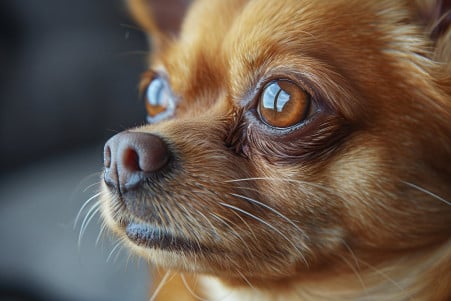
Do Dog Whiskers Grow Back? The Science of Whisker Regrowth
15 February 2024
This article discusses the topic of dog whiskers growing back, the different phases of regrowth, things that can impact the rate of regrowth, and why it's important to groom with sensitivity in mind.

Why Do Dogs Lick Each Other’s Ears? Uncovering Canine Behavior
15 February 2024
Learn about the reasons behind ear-licking in dogs, including social bonding, communication, grooming, and health concerns such as ear infections.
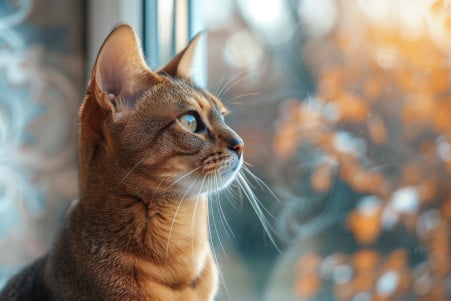
Are Cats Grudge Holders? A Look at Cat Memory and Behavior
15 February 2024
This article discusses three topics: the function of memory in cat behavior, why cats don't hold grudges, and how to help your cat get over a bad memory.
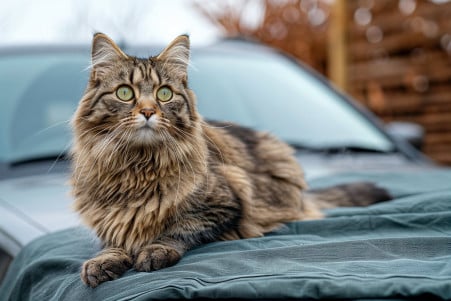
How to Keep Cats Off Cars: From Science-Backed Methods to Safe Deterrents
14 February 2024
Some ways to keep cats away from cars are to use car covers, ultrasonic devices, natural repellents, and change where you park.

Do Ravens Have the Ability to Talk? A Look at Their Incredible Vocal Mimicry
14 February 2024
Raven's ability to mimic calls may be a sign of their advanced cognitive abilities, social skills, and similarities to the way humans learn to talk.

Why Do Dogs Lick Themselves? Decoding Canine Grooming and Health
14 February 2024
Reasons why dogs may lick themselves: to clean, to relieve stress, due to medical issues, and as a response to changes in their environment.
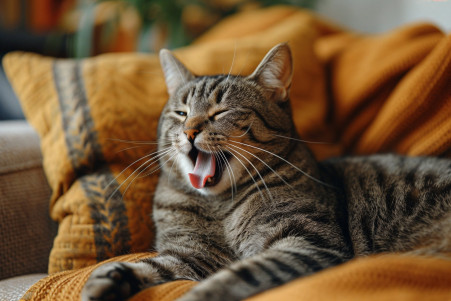
Why Do Cats Blep? The Science Behind This Adorable Behavior
13 February 2024
This article discusses the reasons why cats might have their tongues out, including normal activities such as grooming and the Flehmen Response, as well as medical concerns.

Do Dogs Say Goodbye Before They Die?
13 February 2024
Recognizing signs of a dying dog and the emotional aspects of letting go, while not anthropomorphizing their behaviors.
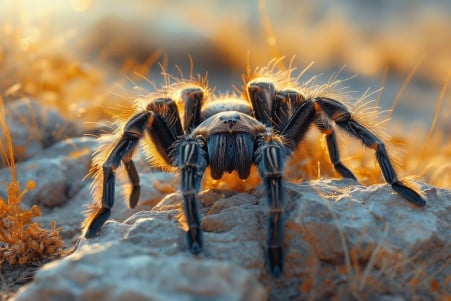
Can Tarantulas Make Noise? The Truth About Spider Sounds
10 February 2024
Tarantulas are known to make noise, but instead of barking, they hiss and stridulate, which means they rub their legs together. They also use vibrations and urticating hairs to protect themselves and attract a mate.
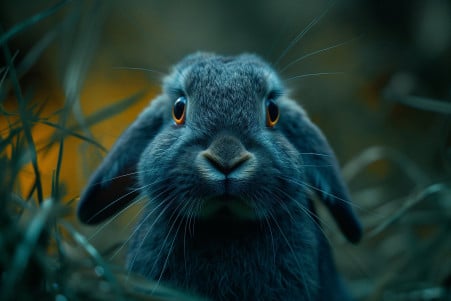
Do Rabbits Have Night Vision? Exploring Their Ability to See in the Dark
10 February 2024
Rabbits are crepuscular animals, meaning they are most active during the hours around dawn and dusk. This is when their environment is at its brightest, and their eyesight is at its best. However, their vision has adapted to low light with high rod-to-cone ratio; they can’t see in total darkness, relying on other senses.